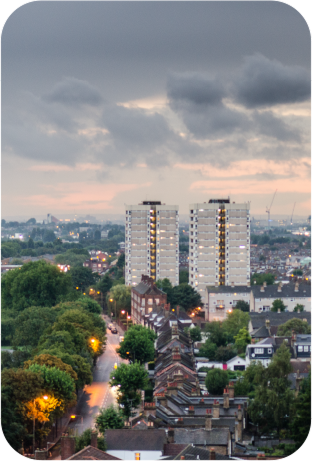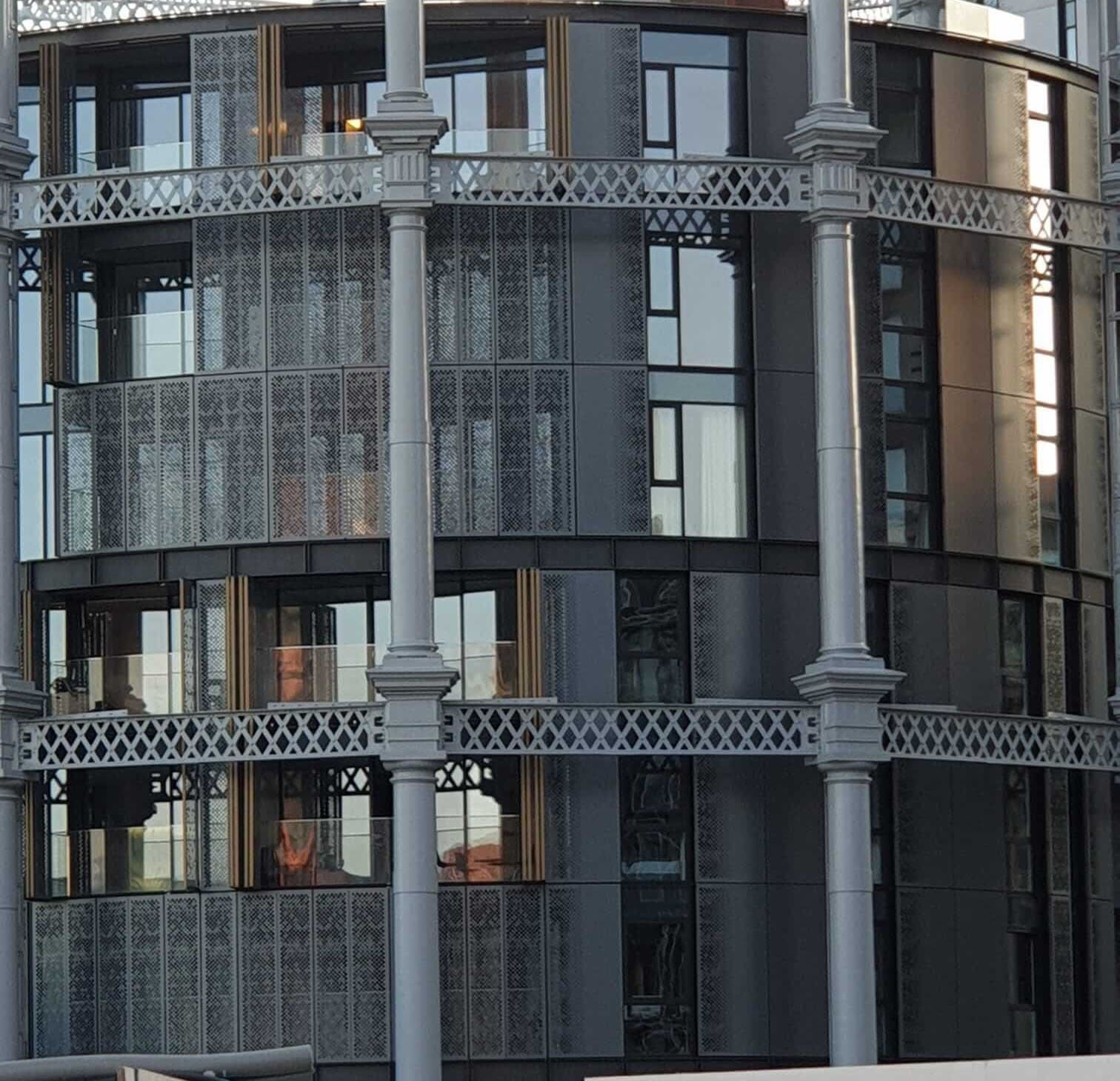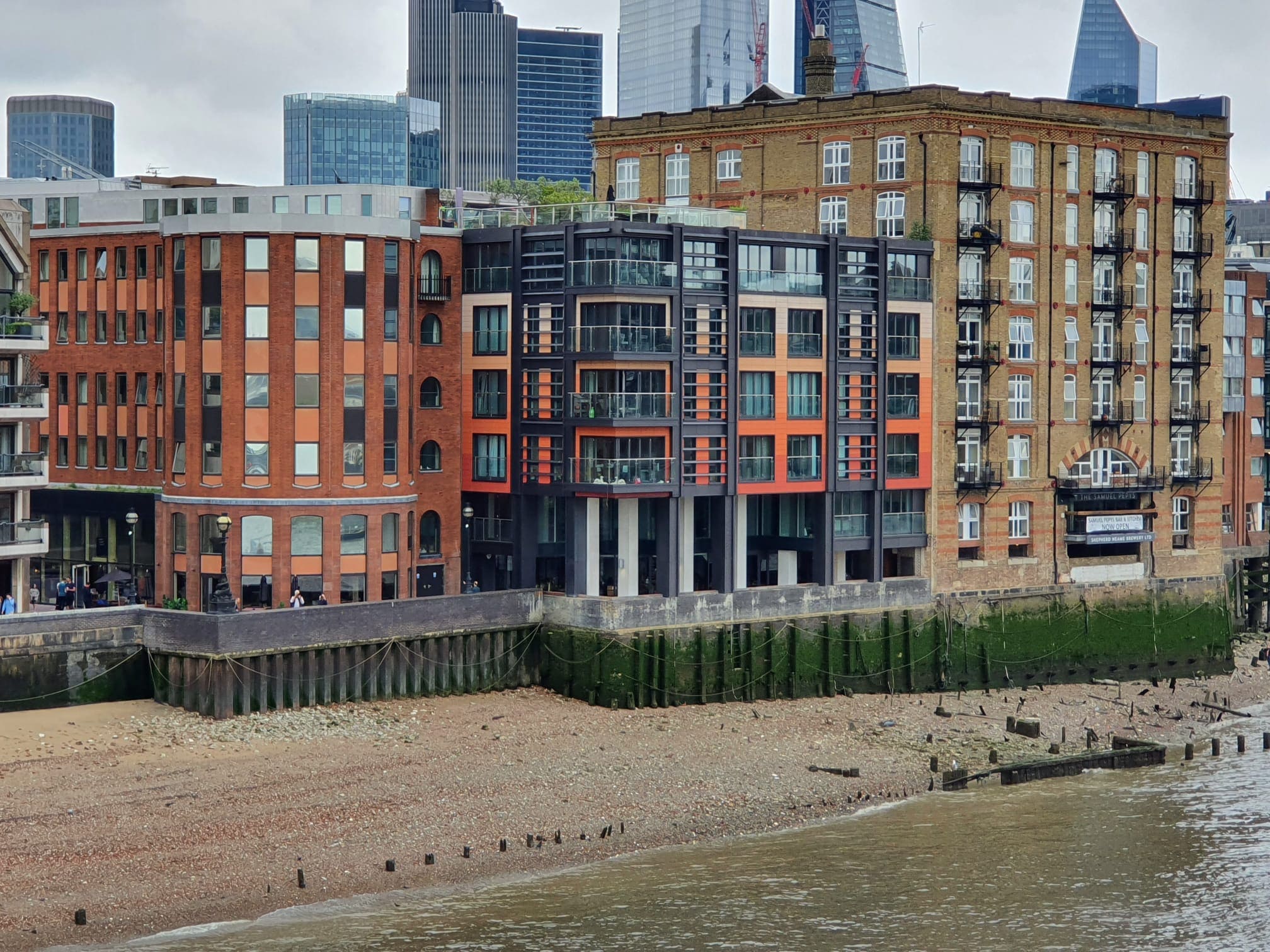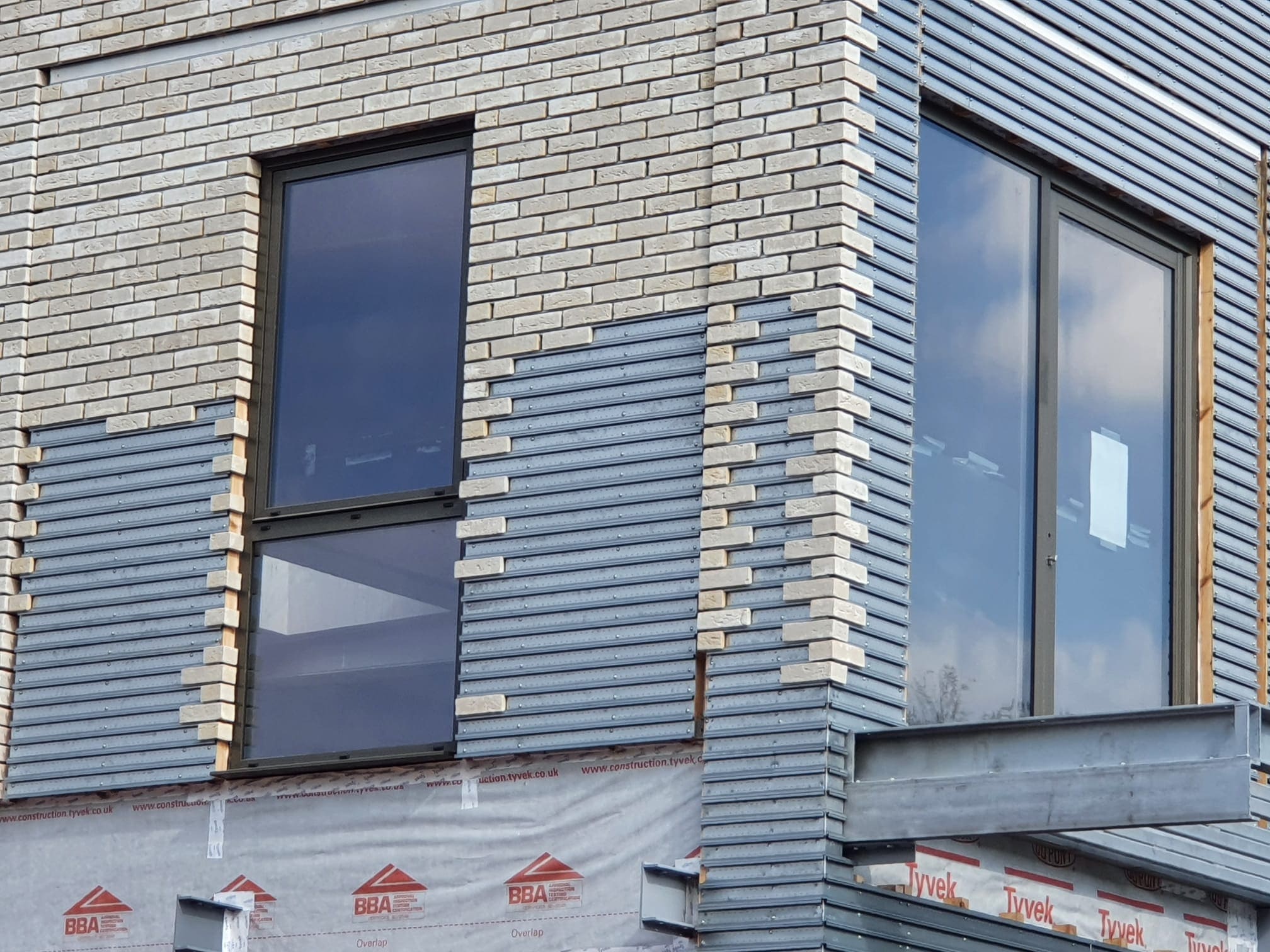10/10/2012
by: Mary-Anne Bowring

The Shift from Traditional Retail to Town Centre Residential Spaces
As life moves away from town centre retail spaces, developers are increasingly focusing on converting commercial properties into residential spaces. This shift raises questions about potential risks and the need for careful planning to avoid creating problematic developments.
Decline of High Streets and Its Impact
The decline of high streets is linked to factors such as the rise of out-of-town retail parks, car ownership, and changes in planning policy. These changes have led to a loss of vitality in town centres, prompting the need for revitalization efforts.
Challenges in Converting Commercial Properties
Converting older town centre buildings for residential use poses several challenges, including issues with space, structural limitations, high business rates, and lack of modern amenities. Developers must navigate these obstacles to make successful transformations.
The Role of Developers in Revitalizing Town Centres
Developers have a key role in the potential revival of town centres by focusing on higher-density developments, mixed-use spaces, and providing community-driven initiatives like gyms, medical centers, and lifestyle hubs.
The Future of Town Centre Zoning and Planning
There is a need for a comprehensive town centre strategy, including changes in zoning, business rates, and compulsory purchase processes. This strategy should encourage the development of multi-use spaces that blend residential, commercial, and lifestyle elements.
The Impact of Online Shopping on Town Centres
As online shopping continues to grow, with significant increases in weekly spending, the pressure on physical high streets intensifies. The challenge for developers and planners is to create an experience-led high street that can compete with the convenience of online shopping.
 1528
1528







Keep up to date
(Weekly, fortnightly or monthly)
To find out more what we do with your data, please read our Privacy Policy

 0
0


















